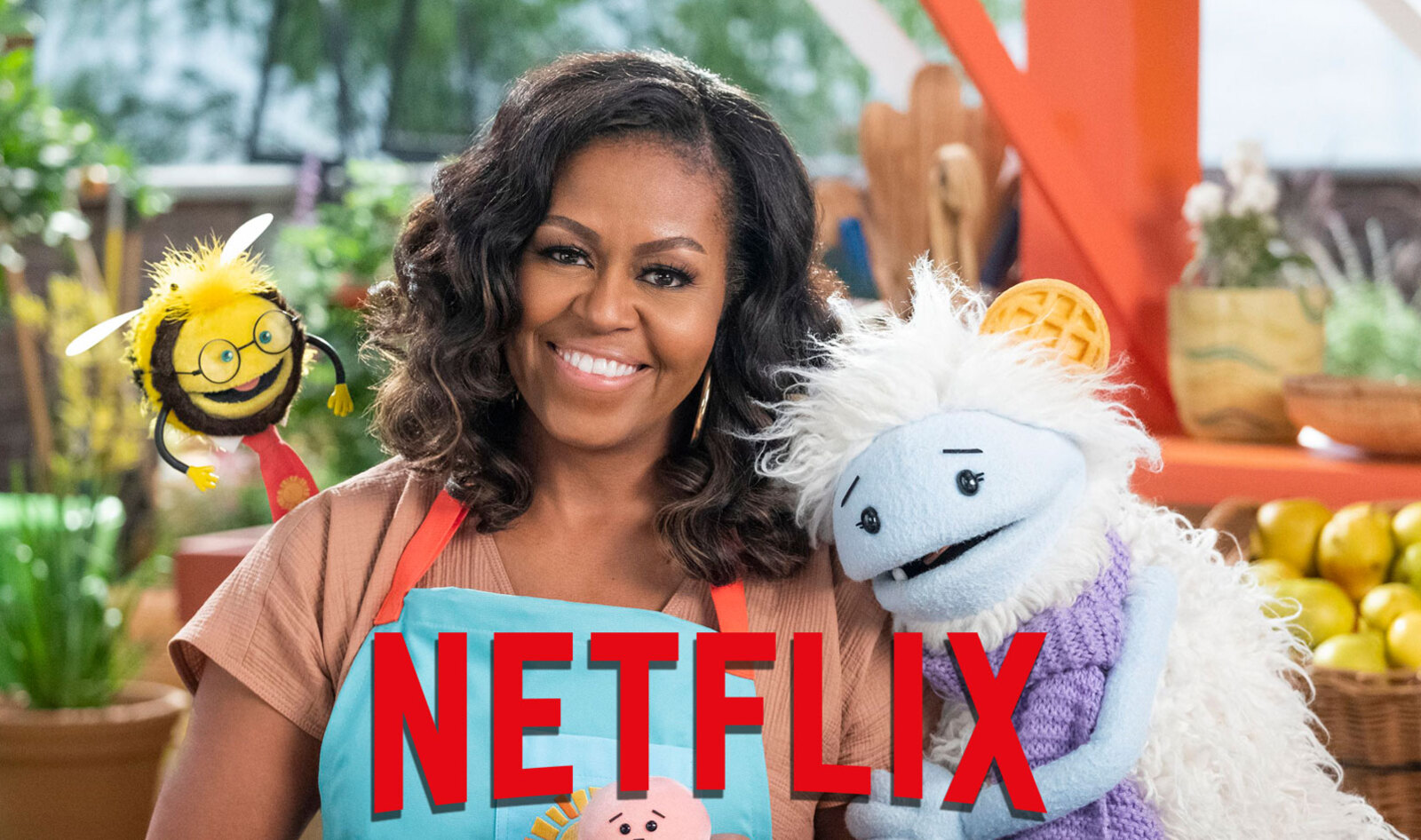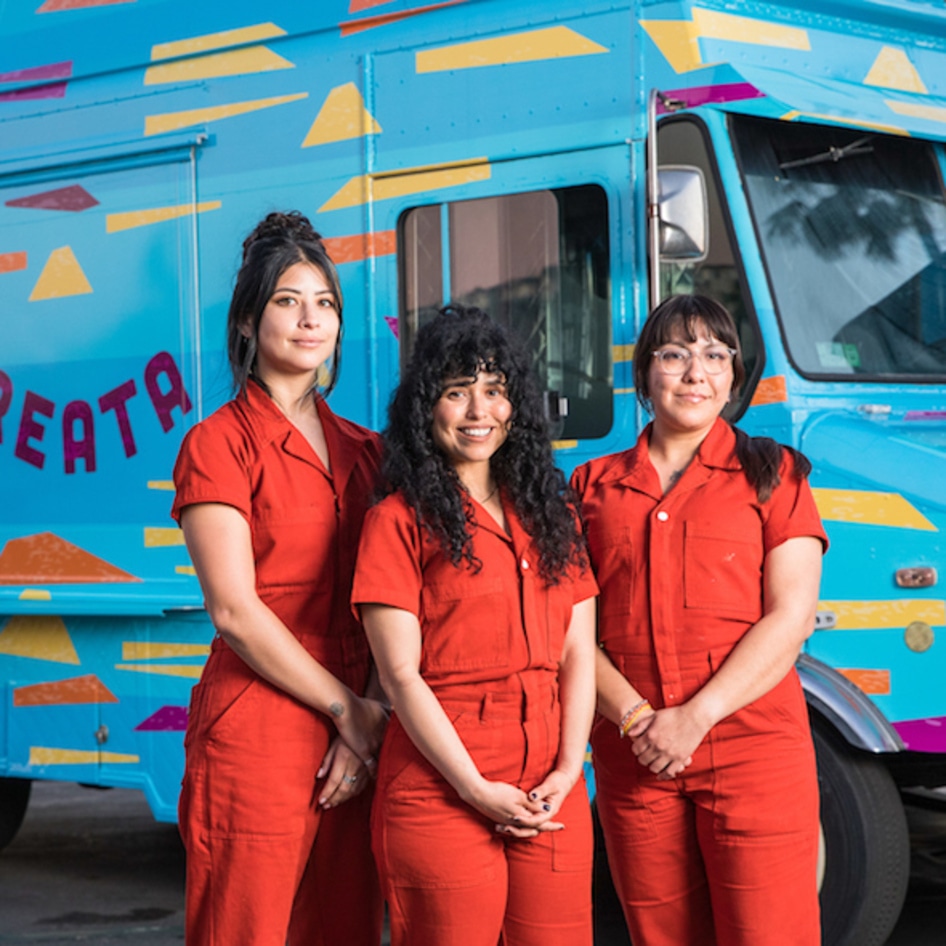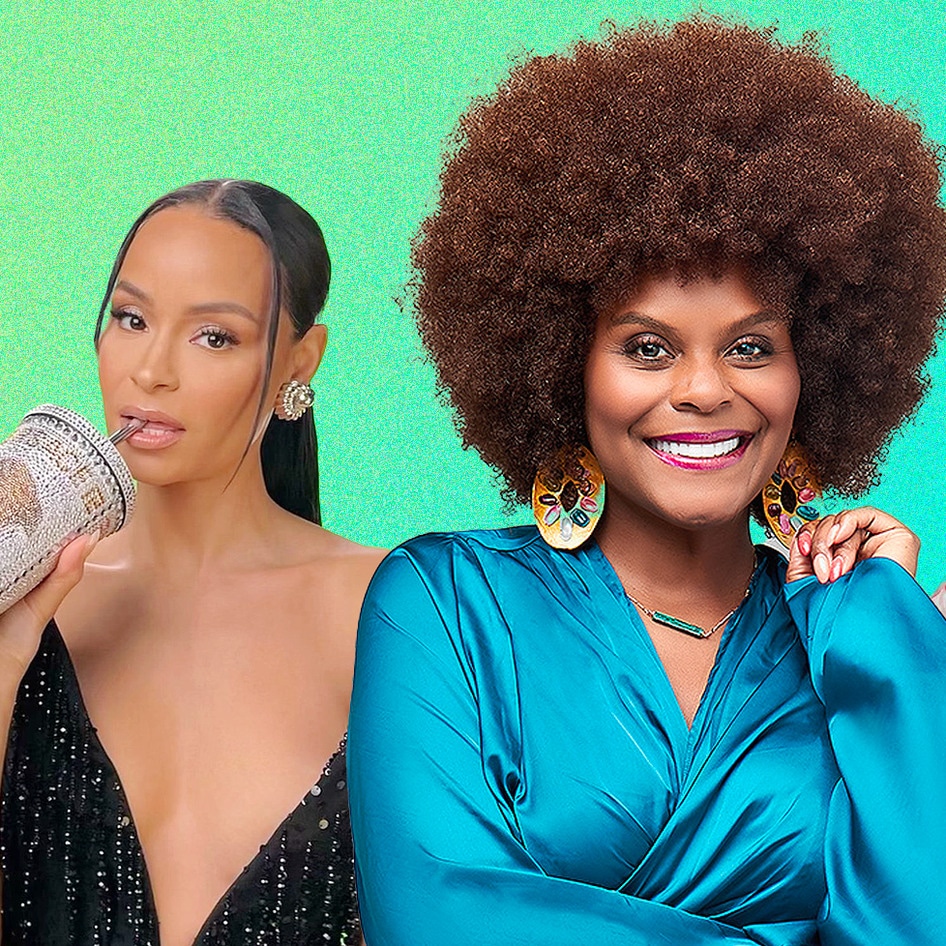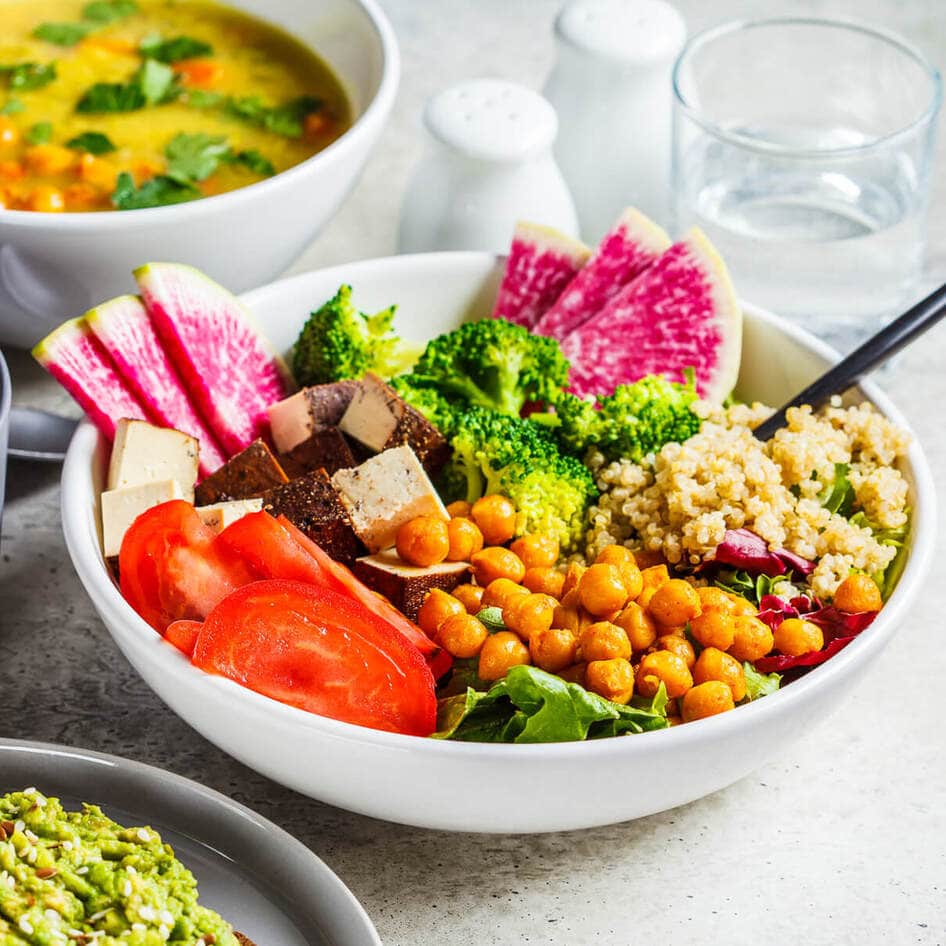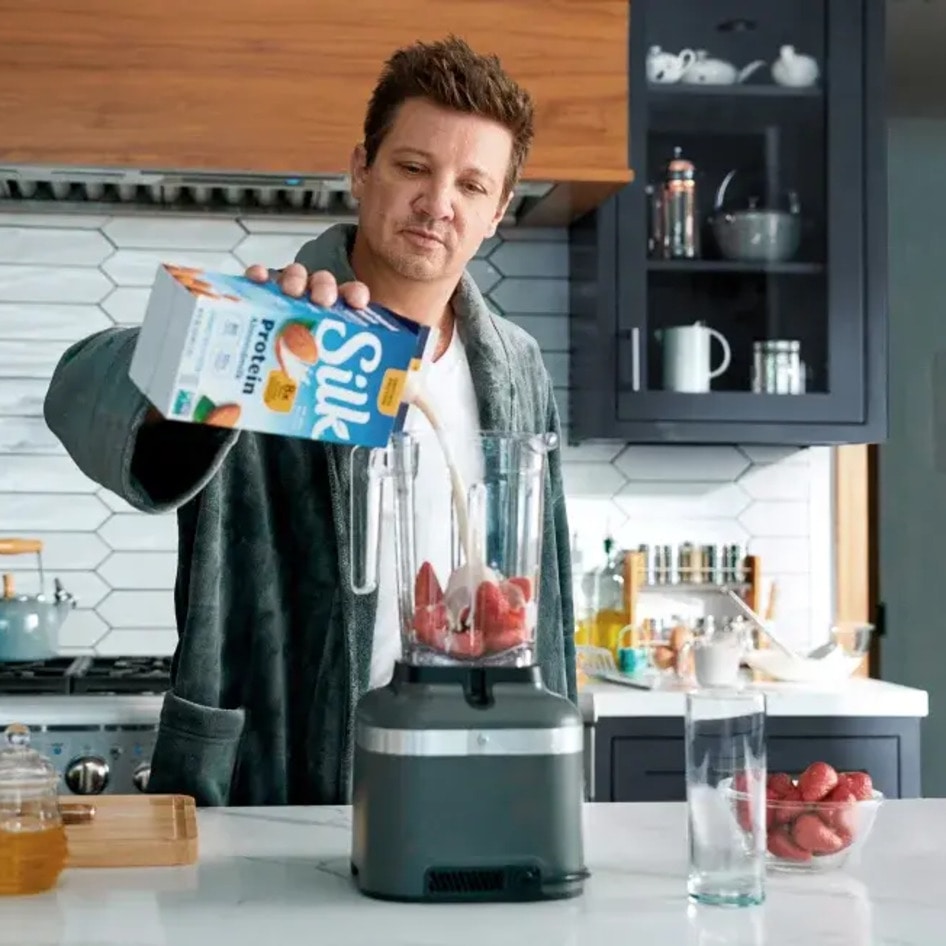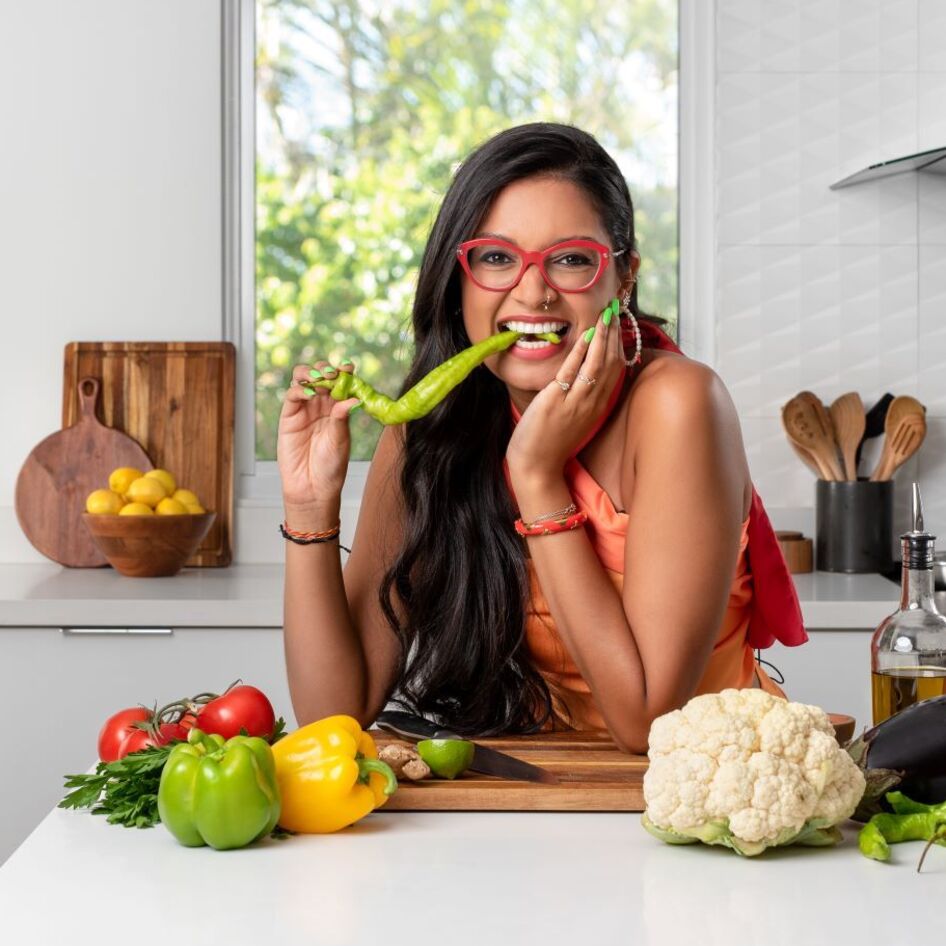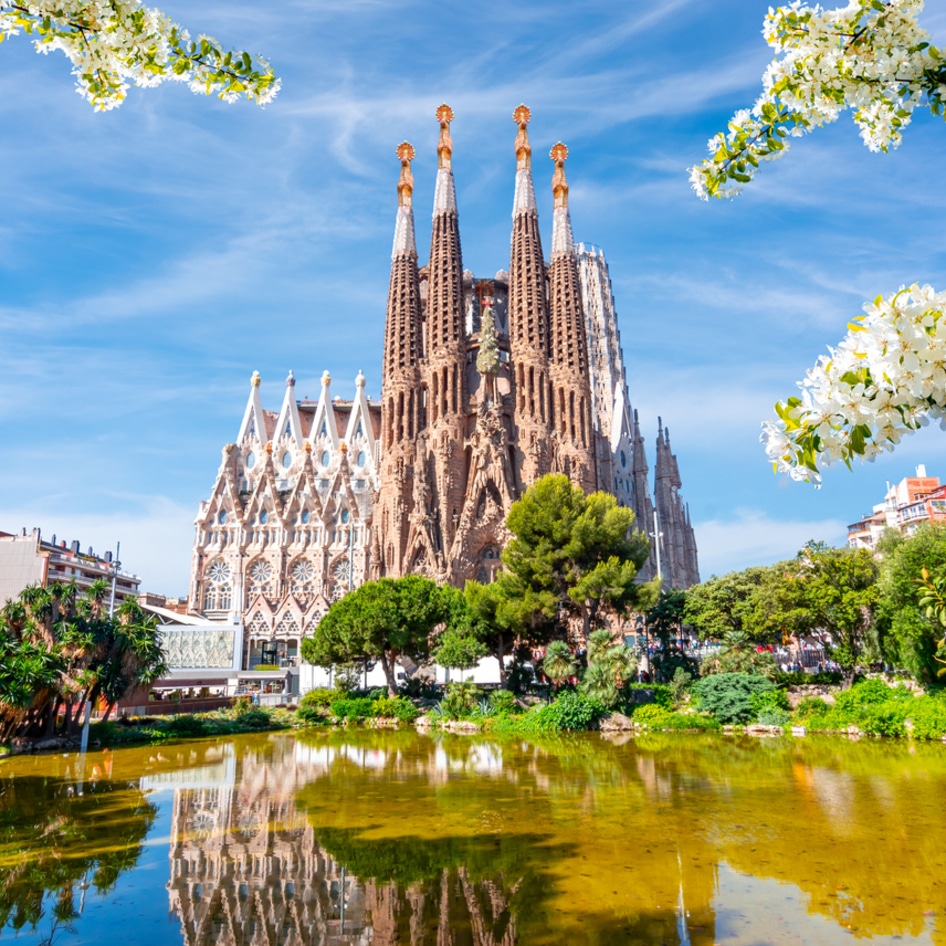I am a 28-year-old vegan with a stable job, a nice apartment, and conservative investments. Throughout my life, I’ve been told I look five years younger but act five years older than my actual age. And yet, I finished Michelle Obama’s new children’s show, Waffles + Mochi, in a week. That’s five hours of children’s programming I deliberately watched without distraction. It wasn’t just playing in the background (which is typically my version of “watching” television), my attention was completely transfixed by the food-centric content and loveable characters, both human and plush. The narrative isn’t completely vegan, but there is potential, and vegan or not, it’s a delightful way to spend an evening alone. This animated puppet show is on the vegan track in so many ways, but it got derailed in one major area. Here’s what you need to know.
1. From Mousemeat to Mochi
While former First Lady Michelle Obama’s production company, Higher Ground Productions, produced the show, the original idea sprouted from Erika Thormahlen. In a podcast interview with Cherry Bombe Radio, Thormahlen said she had an affinity for Sesame Street growing up and her show was intended to do for food what Sesame Street did for reading. Let’s call it food literacy. Thormahlen’s idea was brilliant, but thank goodness Higher Ground Productions insisted on a title change. Thormahlen brought the show to Obama’s attention with the title Waffles and Mousemeat—the latter was Thormahlen’s nickname her dad gave her. While I’m sure it was a cute endearment in the family, mochi is both a more kid- and vegan-friendly term.
2. Focus on food culture
A quick synopsis of the show is in order. Waffles + Mochi come from The Land of Frozen Food where everything—from the furniture to the meals they eat—is made of ice. The duo is inspired to see the world after watching a Julia Child throwback show, and they land in a colorful supermarket with a rooftop garden—where you’ll find Obama (aka Mrs. O on the show) 90 percent of the time. Each episode focuses on a specific food. All are vegan with the exception of the egg show (we’ll get to that later). Waffles (part waffle part Yeti) and Mochi (a slightly annoying pink ball that “meeps”) are sent on a quest from the grocery store and travel across the world in their magic shopping cart to learn more about foods and their cultural origins.
Throughout the show, children of diverse backgrounds offer their opinions about food, celebrity chefs and full-on celebrities make regular guest appearances, and there’s always a catchy song thrown in for good measure (that rice song is still stuck in my head). Of course, a lesson is always learned in the end, explained by none other than Mrs. O. Quite frankly, these are lessons many adults need to learn, too. Pickles teach us patience, salt teaches moderation, and potatoes teach us that we are all beautiful just the way we are. It’s what is on the inside that counts, after all (alright, collective “awww”).
3. Healthy food relationships
Given the former first lady’s initiatives in the White House, it seems natural that Obama is heavily involved in a children’s show that preaches a healthy relationship with food. Both Waffles and Mochi demonstrate an insatiable curiosity for food in all of its forms, sending a message that food can be a delightful adventure instead of something to be picky or cautious about. Well, there’s one exception: the discovery of mushrooms creeps Waffles out at first, but in the end, it all turns out dandy. Remember, something that might seem different doesn’t mean it’s bad, and that lesson stands for food and people alike.
4. Global vegan cuisine
This show really racks up the frequent flyer miles. Waffles and Mochi jetset to Japan, Peru, Africa, Italy, Savannah, GA, and even outer space. The rice episode treks to Georgia where a famous food historian teaches the puppets about slavery using rice as an ice breaker. Viewers watch as a Spanish chef blends up gazpacho, a cook prepares mushrooms for kids in Japan, and a purple potato stew comes together over an open flame in Peru. The variety of plants becomes obvious, and this show does a wonderful job of demonstrating how infinite and delicious vegan food can be. On a personal note, I never knew the difference between herbs and spices, or that there are 5,000 varieties of potatoes, or the “blender dance” is universal. Curious about that last one? You’ll have to watch.
5. Celebrity influence
With Obama as a supporting character and producer, there is no shortage of star power. Each episode is packed with celebrity chefs and celebrities in their own right. There’s the iconic Samin Nosrat (of Salt, Fat, Acid, Heat fame) and José Andrés who show off simple but delicious tomato recipes in episode one; Zach Galifianakis recurs as the friendly Grocer Gus, Jack Black nearly eats Mochi in the water episode, Rashida Jones portrays the pompous Cornbread Cheryl, Tan France from Queer Eye stops by to gussy up the boring potato, and Lionel Richie ends the show with a song—literally. There’s also a nod to Stranger Things fans at the end of the mushroom episode and a guest appearance from Gaten Matarazzo. The cast is outstanding and clearly meant to draw in its adult audience. As with any quality kid show, there are plenty of references that slip past the minds of the innocent but land perfectly with a more mature crowd.
6. Where it could use improvement
The narrative doesn’t shy away from tough issues—rice is used to discuss the atrocities of slavery, and the water episode confronts water scarcity in Uganda—but when it comes to animal agriculture, the reality is entirely glossed over. You can’t talk about eggs without talking about industrial animal agriculture, and yet the producers skirt around this fact by featuring a small, Long Beach, CA farm with about 10 free-range hens. Food production in a food show shouldn’t be off the table. And the realities of animal-based foods are disguised in other ways, too. In the rice episode, Mochi’s family tree depicts strawberry ice cream via an image of a strawberry and a carton of milk. If the goal is to educate children about where food comes from, the carton should be replaced with a cow so they make the connection between food and animals.
These animal issues need to be addressed if the show is continued for another season, which I truly hope it does. Honestly, it was a little sad when the credits rolled over the final episode. Sure, I rolled my eyes at the singing cartoon tomato and was miffed by the egg bit, but the show made me smile. And if Zach Galifianakis screaming, “Oh, my innards are on fire!” after downing a hot pepper doesn’t make your mouth turn up just a smidge, nothing will.
Tanya Flink is a Digital Editor at VegNews as well as a writer and fitness enthusiast living in Orange County, CA.
JUMP TO ... Latest News | Recipes | Guides | Health | Shop
Photo credit: Adam Rose / Netflix

